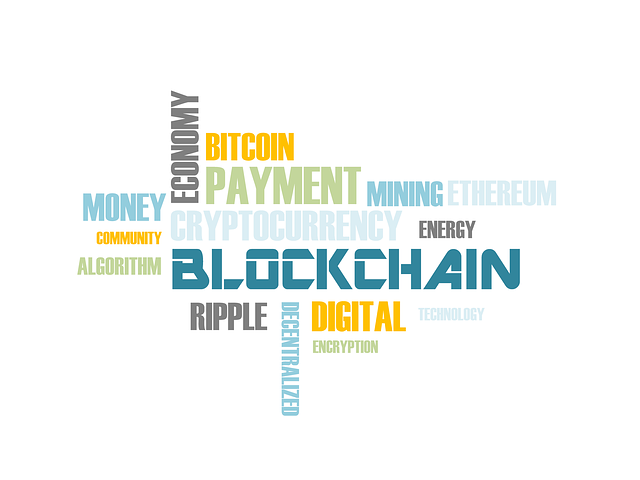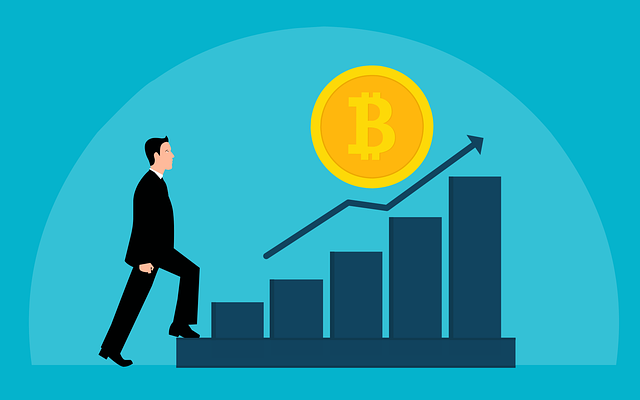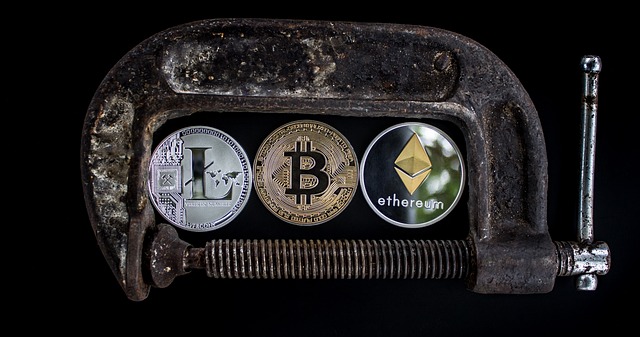What is Blockchain Technology
Definition of BlockchainOrigins of BlockchainKey Components of BlockchainHow Does Blockchain Work?Types of BlockchainApplications of Blockchain TechnologyAdvantages of BlockchainChallenges of Blockchain …
Bitcoin P2P Transactions Guide
How Bitcoin WorksSetting Up Your Bitcoin WalletFinding a Reliable PeerInitiating a Peer-to-Peer TransactionVerifying the TransactionUnderstanding Transaction FeesEnsuring Security MeasuresResolving DisputesProtecting …
Benefits of Bitcoin Direct Transactions
Advantages of Using Bitcoin for TransactionsReduced Risk of FraudInstant SettlementsLower Transaction FeesEnhanced Privacy and SecurityGlobal AccessibilityNo Middlemen InvolvedTransparency in TransactionsElimination …
Bitcoin Person-to-Person Payments
Getting Started with Peer-to-Peer TransactionsUnderstanding the Basics of Digital WalletsExploring the Benefits of Direct PaymentsSetting Up Your Payment AddressSending Funds …
Blockchain Technology Security
Blockchain Technology OverviewKey Features of BlockchainDecentralization in BlockchainConsensus Mechanisms in BlockchainSmart Contracts and Blockchain SecurityPrivacy and Anonymity in BlockchainBlockchain Scalability …
Future Applications of Blockchain Technology
Potential uses for blockchain technology in the futureHow blockchain can revolutionize supply chain managementEnhancing cybersecurity with blockchain technologyThe impact of …
Blockchain Technology Explained
What is Blockchain Technology?How Does Blockchain Work?The History of BlockchainKey Components of BlockchainTypes of BlockchainsBlockchain Use CasesBenefits of Blockchain TechnologyChallenges …
No one uses Bitcoin as currency
Bitcoin is actually more like gamblingThe Illusion of Bitcoin as a Medium of ExchangeThe Volatility of Bitcoin PricesThe Speculative Nature …
Bitcoin Blockchain Technology vs Traditional Banking Systems
The Evolution of Financial TransactionsThe Role of Decentralization in Currency SystemsSecurity Measures in Blockchain TechnologyThe Impact of Cryptocurrency on Global …








